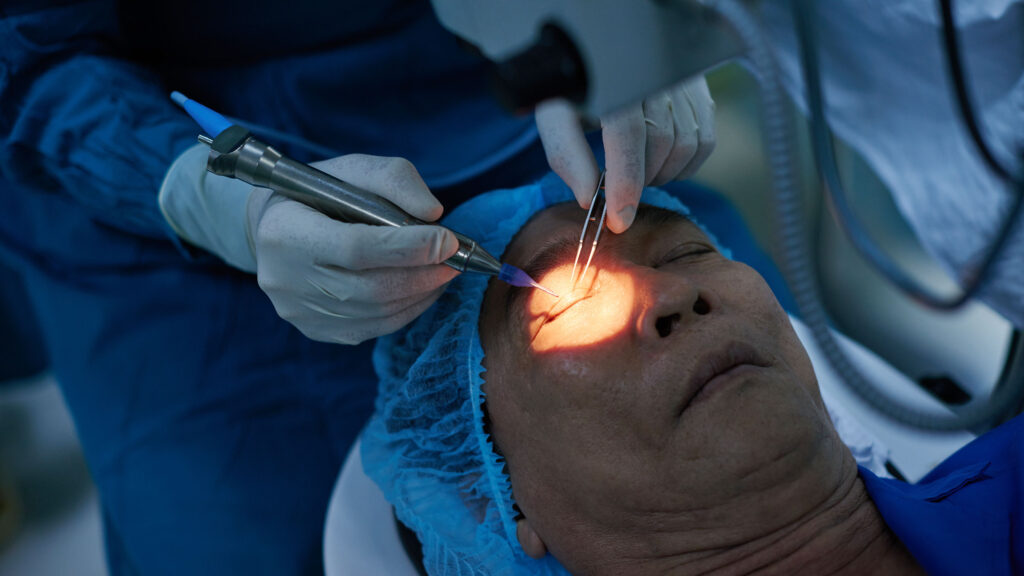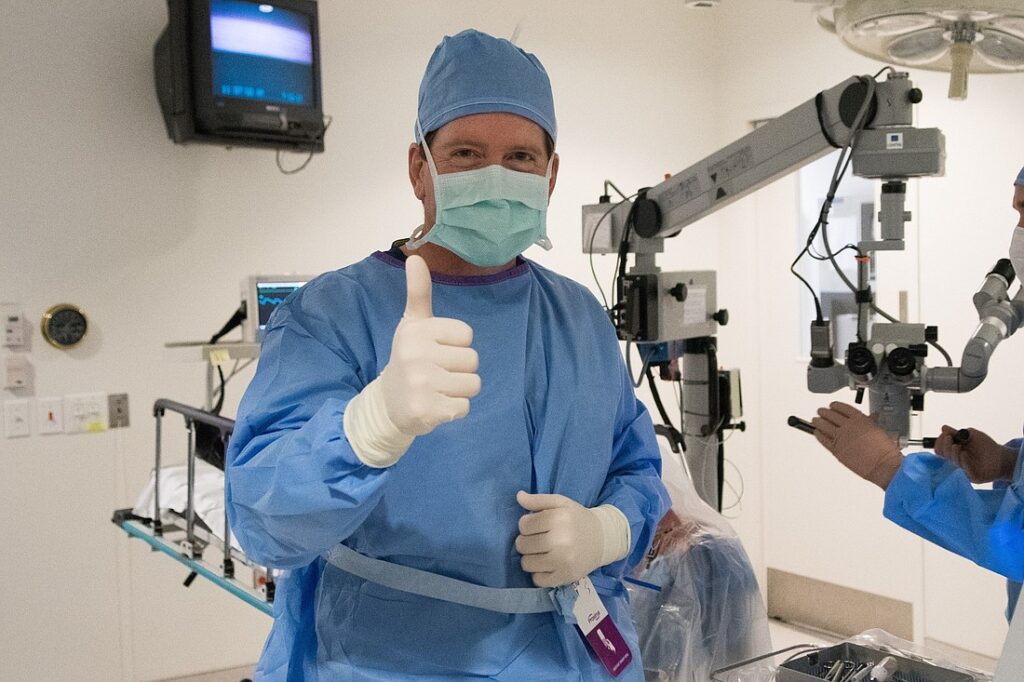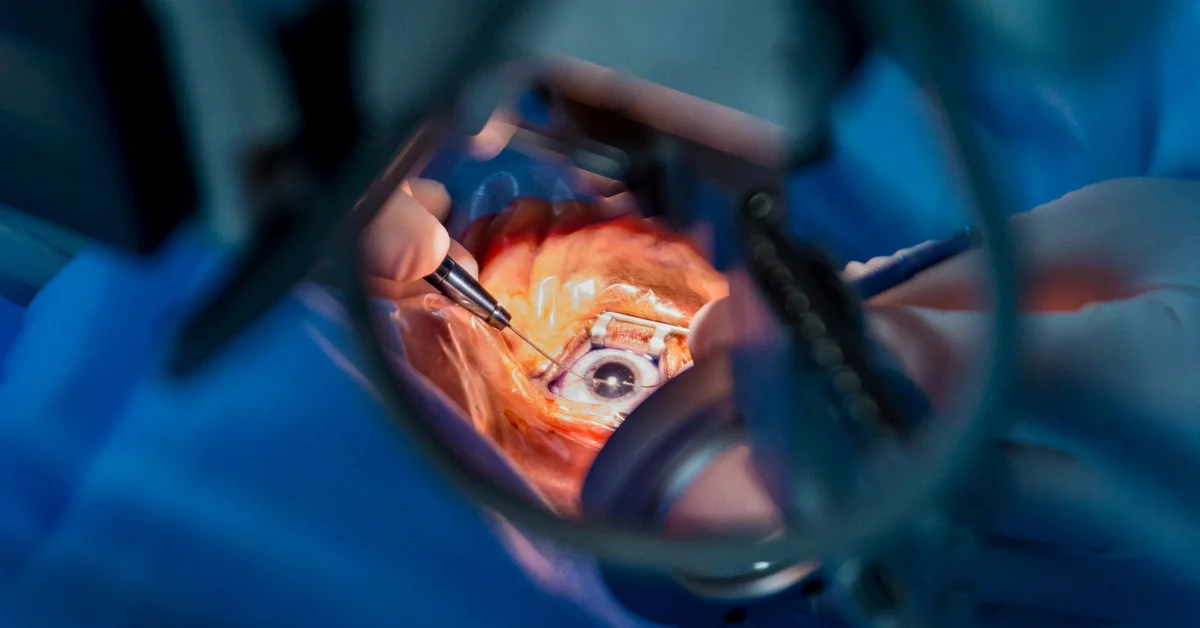Glaucoma and retinal health are two important aspects of comprehensive eye care. Understanding the conditions, their impact on the eye, and the available treatment options is crucial for maintaining good vision. In this article, we will explore the anatomy of the eye, delve into the details of glaucoma and its effect on the retina, discuss non-surgical treatments, and explore various surgical interventions for both glaucoma and retinal health.
Understanding Glaucoma and Retinal Health
Regular monitoring of intraocular pressure and comprehensive eye examinations are essential in detecting early signs of retinal damage caused by eye glaucoma. Timely intervention through medications, laser treatments, or surgical procedures can help alleviate the pressure on the optic nerve and preserve retinal health. By prioritizing proactive eye care and adhering to treatment plans, individuals with glaucoma can better manage the condition and safeguard their retinal function for years to come.
The Anatomy of the Eye
The eye is a marvel of biological engineering, composed of a multitude of intricate structures working harmoniously to enable the sense of sight. From the transparent cornea that acts as the eye’s outermost lens to the light-adjusting iris and the crystalline lens that focuses light onto the retina, each component plays a crucial role in the complex process of vision. The retina, situated at the posterior part of the eye, is akin to the film in a camera, capturing visual stimuli and initiating the transmission of signals to the brain for interpretation.
Moreover, within the retina lies a region known as the macula, responsible for central vision and color perception. This small but mighty area is densely packed with cone cells, which are essential for detailed and color vision, making it indispensable for tasks such as reading, driving, and recognizing faces.

What is Glaucoma?
Glaucoma, often referred to as the “silent thief of sight,” encompasses a group of progressive eye disorders characterized by damage to the optic nerve. The optic nerve serves as the crucial link between the eye and the brain, transmitting visual information essential for sight. In cases of glaucoma, increased intraocular pressure exerts pressure on the optic nerve, leading to its degeneration over time. If left untreated, glaucoma can result in irreversible vision loss and even blindness.
The Importance of Retinal Health
Optimal retinal health is paramount for maintaining clear and sharp vision. The retina houses specialized cells called photoreceptors, namely rods and cones, which convert incoming light into electrical signals. These signals are then relayed to the brain via the optic nerve, where they are processed into the images we perceive. Any impairment or damage to the delicate retinal tissue can disrupt this intricate process, resulting in visual disturbances or complete loss of vision.
Furthermore, the retinal pigment epithelium (RPE), a layer of cells adjacent to the retina, plays a vital role in supporting the function of the photoreceptor cells. The RPE assists in the absorption of excess light, recycling visual pigments, and maintaining the structural integrity of the retina. Thus, preserving retinal health is not only crucial for visual acuity but also for the overall well-being of the eye’s intricate visual system. Read more about photoreceptor on https://webvision.med.utah.edu/book/part-ii-anatomy-and-physiology-of-the-retina/photoreceptors/
The Link Between Glaucoma and Retinal Health
How Glaucoma Affects the Retina
Glaucoma can affect the retina in several ways. Increased intraocular pressure (IOP) disrupts the normal flow of nutrients and oxygen to the retina, leading to retinal damage over time. The retina, a thin layer of tissue at the back of the eye, is responsible for converting light into neural signals that are sent to the brain for visual recognition. When the blood flow to the retina is compromised due to elevated IOP, the retinal cells may not receive adequate nourishment, impacting their ability to function optimally.
In addition to nutrient deprivation, the pressure exerted on the optic nerve by glaucoma can further impair retinal function. The optic nerve is responsible for transmitting visual information from the retina to the brain. When this nerve is under strain from increased pressure, the communication between the retina and the brain can be disrupted, leading to visual disturbances and potential vision loss.
Retinal Damage as a Result of Glaucoma
Untreated or poorly managed glaucoma can cause progressive damage to the retina. The photoreceptor cells, specifically the rods and cones that capture light and initiate the visual process, may degenerate over time due to sustained pressure from glaucoma. As these crucial cells deteriorate, individuals may experience visual field loss, where certain areas of their vision become blurry or dark, and a decline in overall visual acuity.
Non-Surgical Treatments for Glaucoma and Retinal Health
Glaucoma is a progressive eye condition that can lead to vision loss if left untreated. One of the primary non-surgical treatments for glaucoma is the use of medications, such as eye drops. These medications are often prescribed to reduce intraocular pressure, which is a key factor in the development and progression of glaucoma. By either decreasing fluid production or increasing its drainage from the eye, these medications help manage the condition and prevent further damage to the optic nerve. Adherence to the prescribed treatment regimen is crucial for achieving optimal results and preserving vision.
In addition to medications, another non-surgical treatment option for preserving retinal health is laser therapy. Laser therapy, such as selective laser trabeculoplasty (SLT), can be effective in reducing intraocular pressure and maintaining retinal function in certain cases. This non-invasive procedure involves using a laser to target specific areas of the eye, improving fluid drainage and lowering the risk of further retinal damage. By precisely targeting the affected areas, laser therapy can help manage glaucoma and protect the delicate structures of the retina. Click here to learn more about laser trabeculoplasty.
Medications for Glaucoma
Medications, such as eye drops, are often prescribed to reduce intraocular pressure and manage glaucoma. These medications work by either decreasing fluid production or increasing its drainage from the eye. Adherence to the prescribed treatment regimen is essential for optimal results.
Laser Therapy for Retinal Health
Laser therapy, such as selective laser trabeculoplasty (SLT), can be effective in reducing intraocular pressure and preserving retinal health in certain cases. This non-invasive procedure helps improve fluid drainage and lowers the risk of further retinal damage.
Surgical Interventions for Glaucoma
Trabeculectomy: A Common Glaucoma Surgery
Trabeculectomy is a well-established surgical procedure that has been a cornerstone in the treatment of glaucoma for many years. This surgery is typically recommended when other treatment options, such as medications or laser therapy, have not effectively controlled intraocular pressure. The main goal of trabeculectomy is to create a new drainage channel for the aqueous humor, which is the fluid that nourishes the eye, thereby reducing the elevated pressure inside the eye that can damage the optic nerve.
The success of trabeculectomy largely depends on the formation of a functioning filtration bleb, a small reservoir under the conjunctiva (the thin, transparent tissue covering the white part of the eye) that allows the excess fluid to drain out. This bleb is crucial for maintaining the appropriate intraocular pressure and preventing further vision loss. While trabeculectomy is considered an effective procedure, it does carry certain risks, such as infection, bleeding, or the formation of scar tissue that can affect the long-term outcomes.
Minimally Invasive Glaucoma Surgery (MIGS)
Minimally Invasive Glaucoma Surgery (MIGS) represents a significant advancement in the field of glaucoma management, offering patients a safer and less invasive alternative to traditional surgeries. These procedures are designed to lower intraocular pressure by improving the eye’s natural drainage pathways, all while minimizing trauma to the eye’s tissues. One of the key advantages of MIGS is its ability to be combined with other eye surgeries, such as cataract removal, providing patients with a comprehensive treatment approach that addresses multiple eye conditions simultaneously.
Unlike more invasive glaucoma surgeries, MIGS typically have a quicker recovery time and fewer complications, making them an attractive option for patients seeking effective yet gentle interventions for their glaucoma. By utilizing micro-incisions and innovative devices, MIGS procedures offer a tailored approach to each patient’s unique eye anatomy, ensuring optimal outcomes with minimal discomfort and downtime.

Surgical Interventions for Retinal Health
Vitrectomy: A Common Retinal Surgery
Vitrectomy is a delicate surgical procedure that plays a crucial role in treating various retinal conditions, such as retinal detachment and macular holes. This intricate surgery involves the removal of the vitreous gel from the eye, allowing surgeons to access the retina for repairs and adjustments. By carefully addressing issues within the retina, vitrectomy aims to restore its function and structural integrity, ultimately improving the patient’s vision and overall eye health.
Furthermore, vitrectomy is often performed using advanced microsurgical techniques, including tiny incisions and specialized instruments that enable precise maneuvers within the eye. This level of precision is essential in ensuring successful outcomes and minimizing the risk of complications associated with the procedure.
Retinal Detachment Surgery
Retinal detachment is a serious condition that requires prompt surgical intervention to prevent permanent vision loss. The surgery for retinal detachment aims to reattach the retina to its underlying layers, restoring its proper position and function within the eye. Depending on the specific characteristics of the detachment, different surgical approaches may be employed, such as scleral buckling, pneumatic retinopexy, or vitrectomy with membrane peeling.
Moreover, retinal detachment surgery often involves the use of specialized tools and techniques to carefully manipulate the retina and ensure secure reattachment. By addressing retinal detachment in a timely and precise manner, ophthalmic surgeons can significantly improve the patient’s visual outcomes and quality of life.
In conclusion, glaucoma and retinal health are critical aspects of comprehensive eye care. Understanding the anatomy of the eye, the impact of glaucoma on the retina, and the available treatment options is crucial for maintaining good vision. While non-surgical treatments and medications play a significant role in managing glaucoma and preserving retinal health, surgical interventions such as trabeculectomy, MIGS, vitrectomy, and retinal detachment surgery offer advanced solutions for more severe cases. Regular eye examinations and early intervention are essential in ensuring the best possible outcomes for patients.
Read about cost of glaucoma in Australia on: The Cost of Glaucoma Surgery in Australia Investment in Your Eyesight


